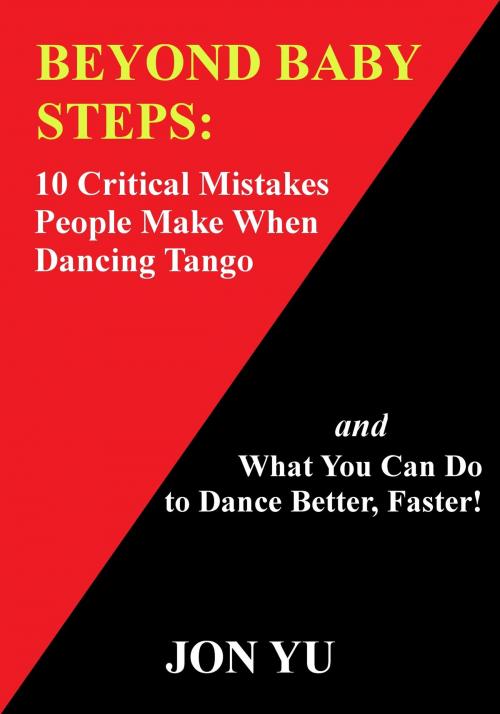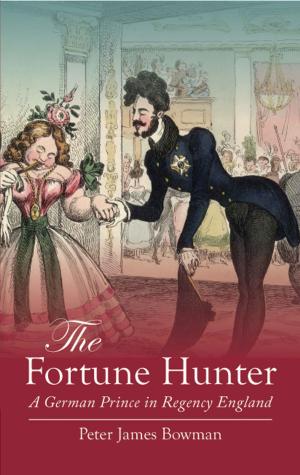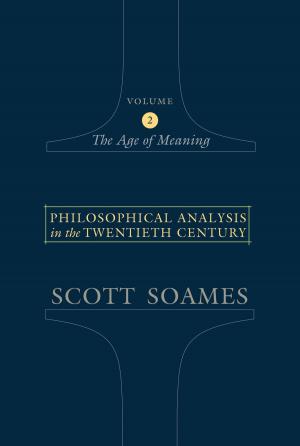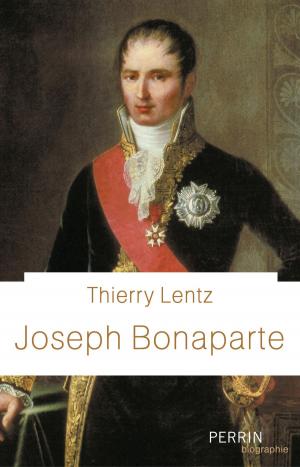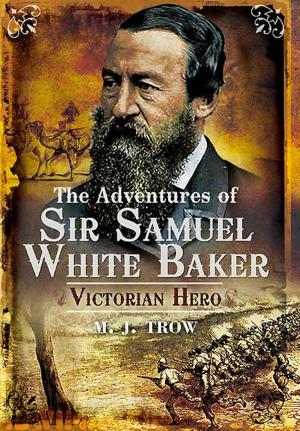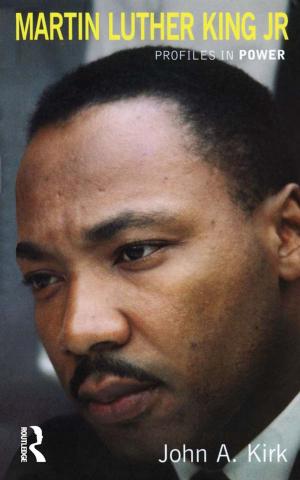Beyond Baby Steps: 10 Critical Mistakes People Make When Dancing Tango and What You Can Do to Dance Better, Faster!
Nonfiction, Entertainment, Performing Arts, Dance, Popular, Modern| Author: | Jon Yu | ISBN: | 9781301665792 |
| Publisher: | Jon Yu | Publication: | April 23, 2013 |
| Imprint: | Smashwords Edition | Language: | English |
| Author: | Jon Yu |
| ISBN: | 9781301665792 |
| Publisher: | Jon Yu |
| Publication: | April 23, 2013 |
| Imprint: | Smashwords Edition |
| Language: | English |
Argentine Tango originated sometime between 1850 and 1890 in Argentina and Uruguay and is an important art form in its infancy, as compared to most sports and arts. Tennis, for instance, originated in France in the 12th Century, classical music started roughly in the 11th Century, and Chess began in India before 6th Century AD., with over 1,500 years of history. The relative youth of Tango means that there is plenty of room for dancers and teachers to grow, learn, and see below the surface of this enigma, where the Tango lies.
A strong bodymind connection is required in order to learn any physical activity. Students will see maximum progress and results - over a period of many years - if they understand the material they are learning at an intellectual and physical level. In other words, one learns best when they know why they are learning certain concepts, rather than a bunch of seemingly incoherent sequences without a seeing how parts fit into the whole.
This brief guide seeks to address some of the uncommon commonsense as it pertains to the big picture of Tango: The learning process, social dancing etiquette, and mindset to approach Tango, much of which has worked for other mature disciplines in sports and arts. While the development of much of the skills depends on regular interaction with teachers and dancers, the insights contained within should present an introductory blueprint of the Tango journey.Beginners may find concrete information that will immediately help them improve their dancing, while experienced dancers might discover clues to help them go deeper into Tango - the dance of the heart.
Here is an excerpt from Mistake 6:
"Tango is a highly complex activity that, when danced well, automatically incorporates many additional sub-skills. Dancers engage their listening skills to attune to the melodious, rhythmic, and sometimes unpredictably playful variety of the music, such as the ornaments in the Piano, Violin or Bandoneon. There are three different types of music played at Milongas: Valz, Milonga, and Tango, each of which demands a person to draw upon different physical skills. A Valz, for instance, is to be danced fluidly with elegance without stopping on the dance floor, while a Milonga is frequently highlighted with simple, repetitive, playful expressions to the music.
Tango involves body coordination and balance, with heavy emphasis on our lower torsos. We depend on strong abdominal and lower back muscles to support us in an upright position, as well as developed leg muscles, namely the hamstrings and the calves – to a certain extent – for women, and ligaments to allow us to walk with ease in connection to a partner.
This is not all. Tango, last but not least, requires men to have strong assertive skills..."
Argentine Tango originated sometime between 1850 and 1890 in Argentina and Uruguay and is an important art form in its infancy, as compared to most sports and arts. Tennis, for instance, originated in France in the 12th Century, classical music started roughly in the 11th Century, and Chess began in India before 6th Century AD., with over 1,500 years of history. The relative youth of Tango means that there is plenty of room for dancers and teachers to grow, learn, and see below the surface of this enigma, where the Tango lies.
A strong bodymind connection is required in order to learn any physical activity. Students will see maximum progress and results - over a period of many years - if they understand the material they are learning at an intellectual and physical level. In other words, one learns best when they know why they are learning certain concepts, rather than a bunch of seemingly incoherent sequences without a seeing how parts fit into the whole.
This brief guide seeks to address some of the uncommon commonsense as it pertains to the big picture of Tango: The learning process, social dancing etiquette, and mindset to approach Tango, much of which has worked for other mature disciplines in sports and arts. While the development of much of the skills depends on regular interaction with teachers and dancers, the insights contained within should present an introductory blueprint of the Tango journey.Beginners may find concrete information that will immediately help them improve their dancing, while experienced dancers might discover clues to help them go deeper into Tango - the dance of the heart.
Here is an excerpt from Mistake 6:
"Tango is a highly complex activity that, when danced well, automatically incorporates many additional sub-skills. Dancers engage their listening skills to attune to the melodious, rhythmic, and sometimes unpredictably playful variety of the music, such as the ornaments in the Piano, Violin or Bandoneon. There are three different types of music played at Milongas: Valz, Milonga, and Tango, each of which demands a person to draw upon different physical skills. A Valz, for instance, is to be danced fluidly with elegance without stopping on the dance floor, while a Milonga is frequently highlighted with simple, repetitive, playful expressions to the music.
Tango involves body coordination and balance, with heavy emphasis on our lower torsos. We depend on strong abdominal and lower back muscles to support us in an upright position, as well as developed leg muscles, namely the hamstrings and the calves – to a certain extent – for women, and ligaments to allow us to walk with ease in connection to a partner.
This is not all. Tango, last but not least, requires men to have strong assertive skills..."
